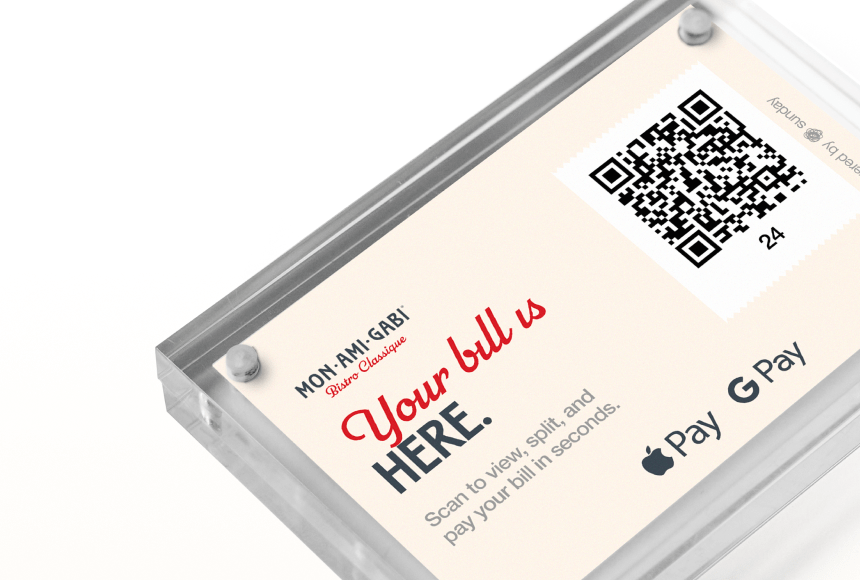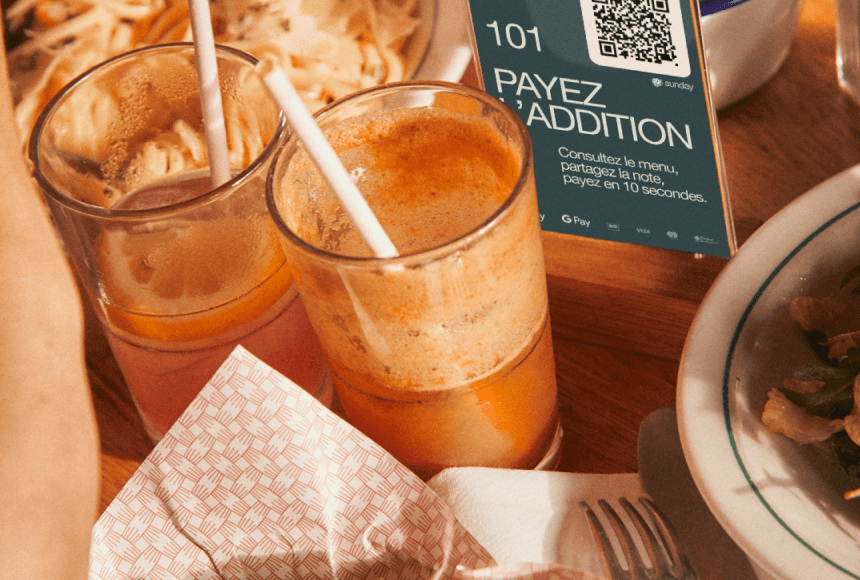
Mastering the Art of Responding to Online Reviews for Your Restaurant
Why Responding to Online Reviews Matters
Imagine this scenario: You spot a glowing five-star review of your restaurant on Google. It describes your menu, your décor, and your friendly staff in mouthwatering detail. You feel the warm glow of affirmation—but you decide not to reply. That’s a missed opportunity to build customer loyalty and encourage future feedback.
Or consider another situation: You discover a negative review that criticizes long wait times or an undercooked dish. Do you respond promptly, or ignore it and hope nobody else notices? A restaurant’s online reputation hinges not only on the quantity and quality of its reviews, but also on how the owner or manager addresses them. According to BrightLocal’s Local Consumer Review Survey, 89% of consumers read businesses’ responses to reviews. That’s a lot of potential diners forming judgments about how you handle criticism—and whether you truly value your customers.
Responding to online reviews is not simply about public relations. It’s also about human connection. When people take the time to share their dining experience—be it positive or negative—they’re reaching out. By replying in an empathetic and timely manner, you can show that your restaurant cares about feedback. This fosters trust, inspires loyalty, and can even transform a one-time guest into a regular.
The Power of Your Online Voice
Your responses to reviews create an impression of your brand’s personality. Whether you run a family-owned diner or a high-end fusion restaurant, your tone should feel authentic and reflect your establishment’s character. If you pride yourself on warm, friendly customer service, let that shine through in your review responses. If your restaurant is known for creative culinary flair, your replies can include playful language or references to your latest gourmet offerings.
A thoughtful, consistent voice across online platforms is a magnet for like-minded diners. It’s the virtual equivalent of a friendly host greeting customers at the door. Remember, prospective guests often spend time reading past reviews and the responses you’ve provided, so keep your voice clear, genuine, and consistent with your day-to-day hospitality.
When and Where to Respond
Your restaurant might be listed across multiple review platforms: Google, Yelp, TripAdvisor, Facebook, and maybe even industry-specific sites. Covering all these bases might feel overwhelming, but it’s worth the effort. The when is just as important as the where.
Quick responses demonstrate that you’re attentive and care about your patrons’ experiences. Ideally, aim to reply to new reviews within 24 to 48 hours. This timely engagement reassures reviewers that their voices have been heard. It also shows potential customers that you’re proactive in improving—or upholding—the quality of your restaurant.
Essential Guidelines for Effective Responses
Whether the review is a gushing five-star love letter or a harsh one-star rant, there are some universal best practices for crafting your response:
- Start with Gratitude: Always thank the reviewer for taking the time to share their thoughts. Reviews are voluntary, and someone invested energy into describing their experience, even if it was negative.
- Be Personable: Use the reviewer’s name if it’s provided. Refer to details mentioned in their feedback. This shows you’ve read their review carefully rather than replying with a copy-paste template.
- Stay Professional: Avoid arguments, sarcasm, or passive-aggressive language. Even if you feel the reviewer is being unfair, a calm, respectful tone will reflect better on you.
- Offer Solutions When Needed: If the review highlights an issue, mention how you plan to resolve it or how you’ve already addressed it. This transforms a negative encounter into a demonstration of your commitment to improvement.
- Keep It Concise: No one wants to wade through a five-paragraph response. Keep your replies to a few short lines that are to the point, yet engaging.
When you follow these guidelines, responding to reviews becomes a positive interaction rather than a chore.
Navigating Negative Reviews with Confidence
Let’s be honest: seeing a scathing review of your restaurant can sting. After all, you’ve poured your heart into creating a welcoming environment and carefully curated menu. It’s normal to feel defensive or frustrated. But negative reviews can sometimes offer valuable insights—or at the very least, a chance to show your professionalism and empathy.
Consider these steps when facing negative feedback:
- Respond Promptly and Calmly: Don’t leave a negative review unattended for weeks. Delayed responses may fuel further dissatisfaction, making potential customers wonder if you even care.
- Empathize and Acknowledge: Express genuine regret for any inconvenience or disappointment. Even if you feel the guest’s expectations were unrealistic, acknowledging their feelings can help defuse tension.
- Clarify the Situation Briefly: If there’s a misunderstanding, correct it politely without jumping into an argument. Provide context in a helpful way.
- Offer a Next Step: If you can remedy the situation—such as inviting them back to try a new dish or providing a discount—mention it. Show that you’re willing to go the extra mile to fix the relationship.
- Take the Conversation Offline If Needed: If the complaint is complex or highly specific, provide a direct email or phone number for further discussion. This reduces back-and-forth in a public forum.
Think of negative reviews as unexpected critiques from a surprise food critic. If you handle the feedback well, you just might gain a loyal customer in the process.
Making the Most of Positive Reviews
Glowing testimonials can easily make your day, but they can also help shape your restaurant’s story. A simple “Thank you!” might be enough to acknowledge the reviewer, but consider going a step further:
- Match the Customer’s Excitement: If they mention how much they loved your new vegan dessert, express excitement about that particular menu item. Show that you share their enthusiasm.
- Encourage Them to Come Back: Mention upcoming events, a special offer, or a new dish they might enjoy. This is a subtle way to invite them for a repeat visit.
- Use Friendly, Brand-Consistent Language: If your restaurant’s vibe is laid-back and homey, let your response match that warmth. If you’re more upscale and formal, maintain that tone (without being distant).
Positive reviews aren’t just compliments; they’re opportunities to build relationships. A short but personal response can transform a happy diner into a genuine brand ambassador who can’t wait to tell friends and family about your place.
Timing: Striking While the Iron Is Hot
Reviews generally appear soon after a diner’s visit, when the experience is fresh in their mind. This immediate recollection can be both a blessing and a curse. On one hand, you’ll get more vivid descriptions of what your service was like that day. On the other hand, small disappointments can become magnified if the diner is still irked.
Responding quickly demonstrates attentiveness and can mitigate any lingering dissatisfaction. A speedy reply often surprises reviewers in a good way, showing them you value their opinion enough to address it within hours (or at least within a day or two).
Public vs. Private Conversations
When responding to reviews, it’s crucial to strike a balance between public acknowledgment and private resolution. Most platforms allow you to reply directly under a review, which is visible to anyone who views your business listing. This public forum is a chance to show your transparent, caring nature.
However, certain issues require a deeper conversation. If a guest’s complaint involves sensitive personal details or an unusual situation, gently suggest continuing the discussion via email or phone. That way, you can handle the matter with discretion, while publicly demonstrating your willingness to engage.
Empowering Your Team to Engage
As a restaurant owner or manager, you might feel it’s your responsibility alone to handle all review responses. But consider involving your staff in the process, too. A well-trained team can offer different viewpoints—maybe a server who remembers the guest can offer insights that make your response more personal.
Of course, you’ll need to set clear guidelines to ensure your team stays on message. One team member might be in charge of scanning platforms for new reviews each day, while another crafts replies with a friendly, brand-consistent tone. Empowering your staff to respond—under your supervision—takes some workload off your plate and demonstrates a united, customer-focused front.
Leveraging Technology for Seamless Feedback Loops
Just as you’ve likely embraced online reservation systems or smartphone-based loyalty programs, consider using tech tools to streamline your review responses. Set up alerts on your phone or computer so you’ll know the instant someone leaves feedback. That way, you can respond promptly without manually refreshing each platform.
Another area where technology can bridge offline and online hospitality is the payment process. A stressful, slow checkout can leave diners feeling impatient—hardly the mood you want when they’re about to leave a review. That’s where sunday comes in. sunday’s QR code payment solution speeds up the payment experience, letting guests settle their bill in seconds by scanning a code on their table.
Why does that matter for review responses? When diners leave in a positive frame of mind—unrushed, unfrustrated—they’re more inclined to write favorable feedback. Plus, you can seamlessly integrate a gentle nudge in the payment flow: “Thank you for dining with us today! We appreciate your feedback on Google or Yelp.” This proactive approach leads to more reviews, giving you more opportunities to showcase your responsiveness and care.
Building Trust Through Transparency
Your audience wants to know the real story of your restaurant—both the wins and occasional missteps. By publicly responding to reviews, you show that you value customers’ opinions, treat them with respect, and are constantly evolving based on their suggestions.
Transparency fosters trust in a world where many businesses try to hide flaws or manipulate feedback. Authentic engagement stands out. If multiple reviewers mention a similar issue (say, noise levels during peak hours), acknowledge it openly: “We’ve heard this from a few guests, and we’re actively working on better soundproofing solutions.” This honest acknowledgment shows you’re not glossing over problems, and many potential diners see this as a sign of integrity.
Maintaining Momentum and Building Loyalty
Over time, consistent, thoughtful responses to both positive and negative reviews can shape your restaurant’s narrative. Potential diners scanning your Google Business Profile or Yelp page will see evidence of a restaurant that genuinely listens and responds. That sparks curiosity and trust—two powerful motivators when someone is deciding where to eat.
You might even find that frequent engagement leads to a community of loyal fans who return time and again, eager to see what’s new on the menu. These regulars become your biggest advocates, happily posting new reviews whenever they sample a fresh dish or spot a staff change that they love.
Review responses aren’t just a task on your to-do list; they’re an ongoing conversation with your audience. With a little practice, you’ll discover that taking the time to connect with reviewers yields rich rewards: stronger relationships with your customers, a more vibrant online presence, and a deeper insight into what makes your restaurant special.
Find out more today
Drop us your details below and we’ll reach out within the next 24h
Stay on top of your online reputation.
Say goodbye to bad ratings and hello to 5*s. Get to know your customers with our integrated rating & review feature, which allows you to get more reviews, better ratings and more visibility online.




